Home>Storage & Organization>Kitchen Organizing Tools>How Does A Self-Cleaning Litter Box Work
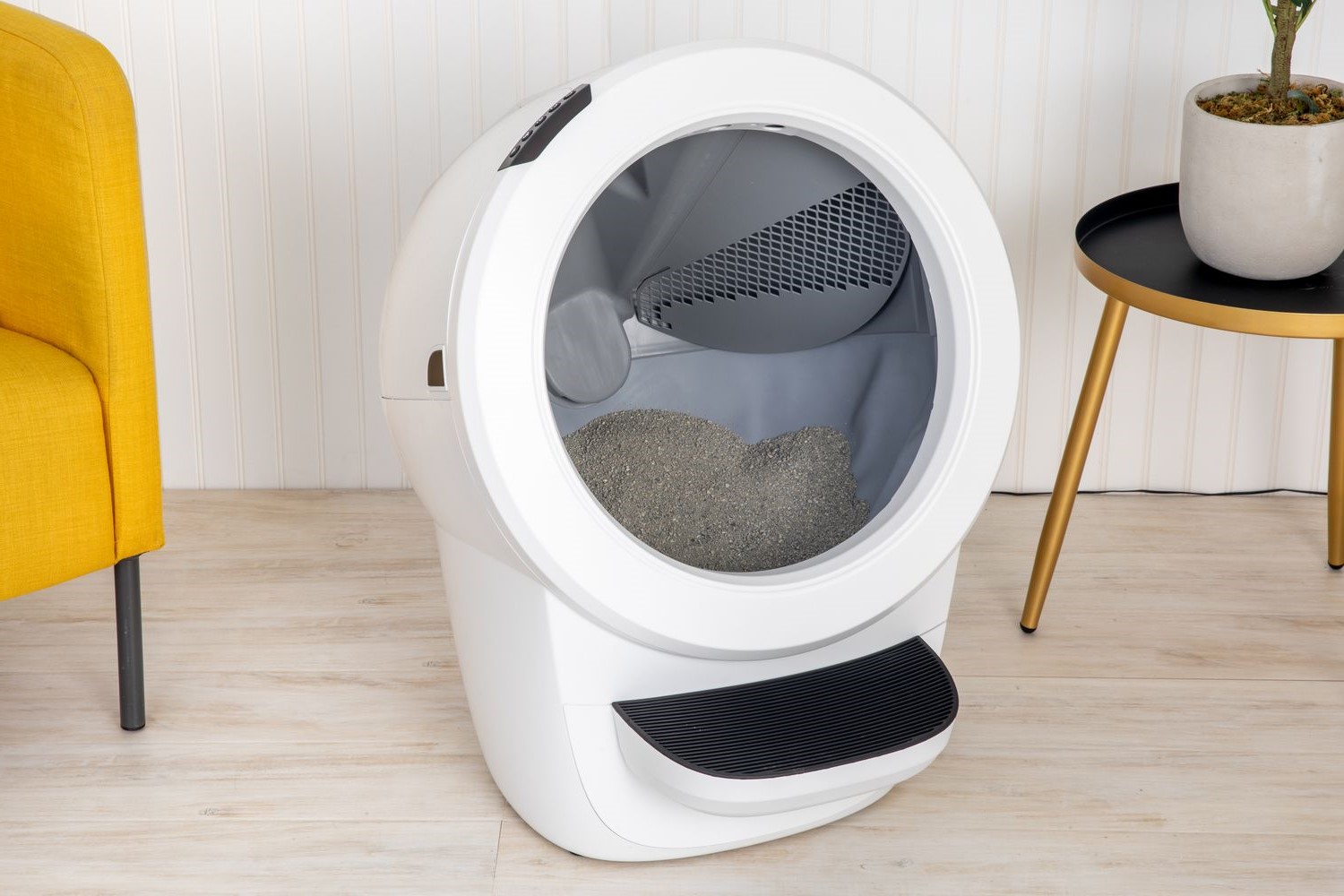

Kitchen Organizing Tools
How Does A Self-Cleaning Litter Box Work
Modified: March 2, 2024
Discover how self-cleaning litter boxes simplify pet care. Explore the latest kitchen organizing tools for a tidy and efficient space. Unlock the secrets of self-cleaning litter boxes and kitchen organizing tools.
(Many of the links in this article redirect to a specific reviewed product. Your purchase of these products through affiliate links helps to generate commission for Storables.com, at no extra cost. Learn more)
Introduction
Self-cleaning litter boxes have revolutionized the way pet owners maintain their cats' litter. These innovative devices are designed to automate the process of removing waste, providing a convenient and hygienic solution for both pets and their owners. By understanding how self-cleaning litter boxes work, the types available, their benefits, and maintenance tips, you can make an informed decision about integrating this modern convenience into your pet care routine. Let's delve into the fascinating world of self-cleaning litter boxes and explore the mechanisms behind their efficient operation.
Key Takeaways:
- Self-cleaning litter boxes use innovative technology like automatic raking, sensors, and gravity-based systems to keep your cat’s litter clean and odor-free, making pet care more convenient and hygienic.
- By choosing the right type of self-cleaning litter box and following maintenance tips like regular inspections and proper cleaning, pet owners can provide a clean and comfortable environment for their cats while saving time and effort.
Read more: How Does Scoopfree Litter Box Work?
The Mechanism of Self-Cleaning Litter Boxes
Self-cleaning litter boxes employ innovative technology to automate the process of waste removal, providing a hassle-free solution for pet owners. The mechanism behind these devices is designed to detect and eliminate waste efficiently, ensuring a clean and odor-free environment for both pets and their owners.
Automatic Raking System
One common mechanism utilized in self-cleaning litter boxes is the automatic raking system. This system typically consists of a motorized rake that is programmed to activate at regular intervals or after the cat has used the litter box. Upon activation, the rake moves through the litter, collecting and removing clumps of waste. The waste is then deposited into a separate compartment, effectively separating it from the clean litter.
Sensors and Timers
Many self-cleaning litter boxes are equipped with sensors and timers to detect when a cat has used the litter box. These sensors can differentiate between the presence of a cat and other disturbances, ensuring that the cleaning mechanism is only activated when necessary. Additionally, timers can be programmed to initiate the cleaning process at specific intervals, maintaining a consistent level of cleanliness throughout the day.
Gravity-Based Systems
Some self-cleaning litter boxes utilize gravity-based systems to separate waste from clean litter. These systems rely on the natural clumping properties of cat litter. When the cat eliminates waste, the litter forms clumps that are heavier than the clean litter. The box then tilts or sifts, allowing the clumps to separate and move into a waste compartment, leaving behind the clean litter.
Read more: How To Clean A Litter Box With Vinegar
Scooping Mechanisms
Another mechanism employed in self-cleaning litter boxes is the use of scooping mechanisms. These devices feature a scooper that automatically sifts through the litter, collecting and removing waste. The scooper is designed to deposit the waste into a sealed compartment, effectively containing odors and maintaining a hygienic environment.
By integrating these advanced mechanisms, self-cleaning litter boxes streamline the process of waste removal, offering a convenient and efficient solution for pet owners. With their ability to maintain cleanliness and minimize odor, these devices have become a valuable addition to modern pet care routines.
This comprehensive understanding of the mechanisms behind self-cleaning litter boxes provides insight into the innovative technology that drives their efficient operation. As we continue to explore the world of self-cleaning litter boxes, we will delve into the various types available, their benefits, and essential maintenance tips to ensure optimal performance.
Types of Self-Cleaning Litter Boxes
Self-cleaning litter boxes come in various types, each offering unique features and functionalities to cater to the diverse needs of pet owners. Understanding the different types can help you choose the most suitable option for your cat and your home environment.
-
Automatic Rake Litter Boxes: These types of litter boxes feature a motorized rake that automatically sifts through the litter, removing clumps and depositing them into a waste compartment. They are equipped with sensors to detect when the cat has used the box, triggering the cleaning cycle. Automatic rake litter boxes are efficient in maintaining cleanliness and are suitable for multi-cat households.
-
Sifting Litter Boxes: Sifting litter boxes utilize a gravity-based mechanism to separate waste from clean litter. They consist of multiple layers, with the top layer holding the litter and the bottom layer collecting the waste. When the top layer is lifted or tilted, the clean litter sifts through, leaving the waste behind for easy disposal. These boxes are easy to clean and maintain.
-
Rotating Litter Boxes: Rotating litter boxes feature a rotating mechanism that sifts through the litter, separating waste from clean litter. The rotation action effectively collects the waste and deposits it into a separate compartment. These boxes are known for their thorough cleaning and are suitable for cat owners seeking a hands-free solution.
-
Scoop-Free Litter Boxes: Scoop-free litter boxes utilize sensors to detect when the cat has used the box. Once the cat has left, the cleaning cycle is initiated, and a rake or conveyor system removes the waste, depositing it into a waste compartment. These boxes are ideal for pet owners looking for minimal maintenance and odor control.
-
Flushable Litter Boxes: Flushable litter boxes are designed to be environmentally friendly, allowing the waste to be flushed down the toilet. They often use biodegradable litter that disintegrates upon contact with water, making disposal convenient and hygienic.
-
Disposable Litter Boxes: Disposable litter boxes are convenient for travel or temporary use. They are typically made of biodegradable materials and can be discarded after use, eliminating the need for cleaning and maintenance.
By understanding the different types of self-cleaning litter boxes available, pet owners can make an informed decision based on their specific requirements and preferences. Each type offers unique benefits, ranging from hands-free operation to eco-friendly disposal options, providing a tailored solution for maintaining a clean and hygienic litter box environment for cats.
Benefits of Using a Self-Cleaning Litter Box
Using a self-cleaning litter box offers a myriad of benefits that enhance the overall experience of maintaining a clean and hygienic environment for both cats and their owners. These innovative devices have transformed the way pet owners manage litter boxes, providing convenience, efficiency, and improved hygiene. Let's explore the compelling advantages of integrating a self-cleaning litter box into your pet care routine.
-
Convenience: One of the primary benefits of using a self-cleaning litter box is the unparalleled convenience it offers. These automated systems eliminate the need for manual scooping and cleaning, saving pet owners valuable time and effort. With the self-cleaning mechanism in place, the chore of maintaining the litter box is significantly reduced, allowing pet owners to focus on other aspects of pet care.
-
Odor Control: Self-cleaning litter boxes are designed to promptly remove waste, minimizing odor and maintaining a fresh environment. By efficiently removing waste clumps and depositing them into a separate compartment, these devices effectively contain odors, providing a more pleasant living space for both pets and their owners.
-
Hygiene: Maintaining a clean and hygienic litter box is essential for the health and well-being of cats. Self-cleaning litter boxes contribute to improved hygiene by promptly removing waste, reducing the risk of bacterial growth and potential health issues for pets. The automated cleaning process ensures that the litter box remains consistently clean, promoting a healthier environment for cats.
-
Multi-Cat Household Compatibility: For households with multiple cats, self-cleaning litter boxes offer a practical solution for managing the litter needs of multiple pets. These devices are designed to accommodate the usage of multiple cats, ensuring that the litter box remains clean and accessible for all pets in the household.
-
Reduced Maintenance: Traditional litter boxes require frequent scooping and cleaning, leading to ongoing maintenance efforts. Self-cleaning litter boxes alleviate the burden of regular maintenance, providing a more sustainable and efficient solution for pet owners. With reduced maintenance requirements, pet owners can enjoy a cleaner litter box environment with minimal effort.
-
Peace of Mind: The use of self-cleaning litter boxes provides pet owners with peace of mind, knowing that their cats have access to a clean and well-maintained litter box. This assurance contributes to a harmonious and stress-free pet care experience, allowing pet owners to focus on nurturing a healthy and happy environment for their beloved feline companions.
In summary, the benefits of using a self-cleaning litter box extend beyond convenience, encompassing improved odor control, enhanced hygiene, compatibility with multi-cat households, reduced maintenance, and peace of mind for pet owners. By embracing the innovative technology and efficiency of self-cleaning litter boxes, pet owners can elevate their pet care routines and provide a cleaner and more comfortable environment for their cherished feline companions.
Maintenance and Cleaning Tips for Self-Cleaning Litter Boxes
Maintaining a self-cleaning litter box is essential to ensure its optimal performance and longevity. By implementing regular cleaning and maintenance practices, pet owners can uphold a hygienic environment for their cats while maximizing the efficiency of the self-cleaning mechanism. Here are valuable tips for maintaining and cleaning self-cleaning litter boxes:
-
Regular Inspection: Conduct routine inspections of the self-cleaning litter box to check for any signs of wear, damage, or malfunction. Ensure that the sensors, motors, and cleaning mechanisms are functioning correctly. Address any issues promptly to prevent potential disruptions in the cleaning process.
-
Use Recommended Litter: Selecting the appropriate litter for the self-cleaning litter box is crucial. Follow the manufacturer's recommendations regarding the type of litter to use. Some self-cleaning litter boxes are designed to work optimally with clumping litter, while others may have specific requirements for granule size and texture.
-
Empty Waste Receptacle: Regularly empty the waste receptacle or compartment of the self-cleaning litter box. Dispose of the waste in a hygienic manner and clean the receptacle to prevent the buildup of odors and bacteria. Maintaining a clean waste compartment contributes to a fresher and more sanitary litter box environment.
-
Clean the Litter Box: Periodically clean the interior of the litter box, including the surfaces and the area surrounding the self-cleaning mechanism. Use pet-safe cleaning solutions to sanitize the box and remove any residual waste or litter particles. Thorough cleaning helps prevent the accumulation of bacteria and ensures a hygienic environment for cats.
-
Replace Components as Needed: Over time, certain components of the self-cleaning litter box, such as the rake, sensors, or waste receptacle liners, may require replacement. Follow the manufacturer's guidelines for replacing components and ensure that the device remains in optimal working condition.
-
Adjust Cleaning Frequency: Depending on the usage patterns and the number of cats in the household, consider adjusting the cleaning frequency of the self-cleaning litter box. Some devices offer customizable cleaning schedules, allowing pet owners to tailor the cleaning cycle to suit their specific needs.
-
Monitor Power Source: If the self-cleaning litter box operates using a power source, such as batteries or a power cord, monitor the power supply regularly. Replace batteries as needed and ensure that the device is consistently powered to maintain its automated cleaning functionality.
By adhering to these maintenance and cleaning tips, pet owners can uphold the efficiency and hygiene of their self-cleaning litter boxes, providing a clean and comfortable space for their feline companions. Regular maintenance not only ensures the proper functioning of the device but also contributes to the overall well-being of cats by promoting a clean and odor-free litter box environment.
To keep a self-cleaning litter box working well, regularly empty the waste receptacle and clean the sensors and rake to prevent clogs and malfunctions.
Read more: How To Clean A Petsafe Litter Box
Conclusion
In conclusion, the advent of self-cleaning litter boxes has significantly transformed the landscape of pet care, offering a seamless and efficient solution for maintaining clean and hygienic litter box environments for cats. The innovative mechanisms integrated into these devices, including automatic raking systems, sensors, and gravity-based separation, have revolutionized the way pet owners manage the chore of litter box maintenance. By automating the process of waste removal, self-cleaning litter boxes provide unparalleled convenience, improved hygiene, and enhanced odor control, elevating the overall pet care experience.
The diverse types of self-cleaning litter boxes cater to the specific needs and preferences of pet owners, offering features such as rotating mechanisms, scoop-free operation, and eco-friendly disposal options. This variety allows pet owners to select the most suitable option based on their household dynamics and lifestyle, ensuring a tailored approach to maintaining a clean and accessible litter box for their feline companions.
The benefits of using self-cleaning litter boxes extend beyond convenience, encompassing improved odor control, enhanced hygiene, compatibility with multi-cat households, reduced maintenance, and peace of mind for pet owners. By embracing the innovative technology and efficiency of self-cleaning litter boxes, pet owners can elevate their pet care routines and provide a cleaner and more comfortable environment for their cherished feline companions.
Furthermore, the maintenance and cleaning tips outlined for self-cleaning litter boxes serve as a guide for pet owners to uphold the optimal performance and longevity of these devices. Regular inspections, proper litter selection, waste receptacle maintenance, and periodic cleaning contribute to a hygienic and efficient operation, ensuring that the self-cleaning litter box continues to provide a clean and odor-free environment for cats.
In essence, the integration of self-cleaning litter boxes into pet care routines represents a significant advancement in pet welfare, offering a practical and innovative solution for maintaining litter box cleanliness. By leveraging the benefits of self-cleaning technology and adhering to proper maintenance practices, pet owners can create a harmonious and hygienic environment that promotes the well-being and comfort of their beloved feline companions.
Frequently Asked Questions about How Does A Self-Cleaning Litter Box Work
Was this page helpful?
At Storables.com, we guarantee accurate and reliable information. Our content, validated by Expert Board Contributors, is crafted following stringent Editorial Policies. We're committed to providing you with well-researched, expert-backed insights for all your informational needs.
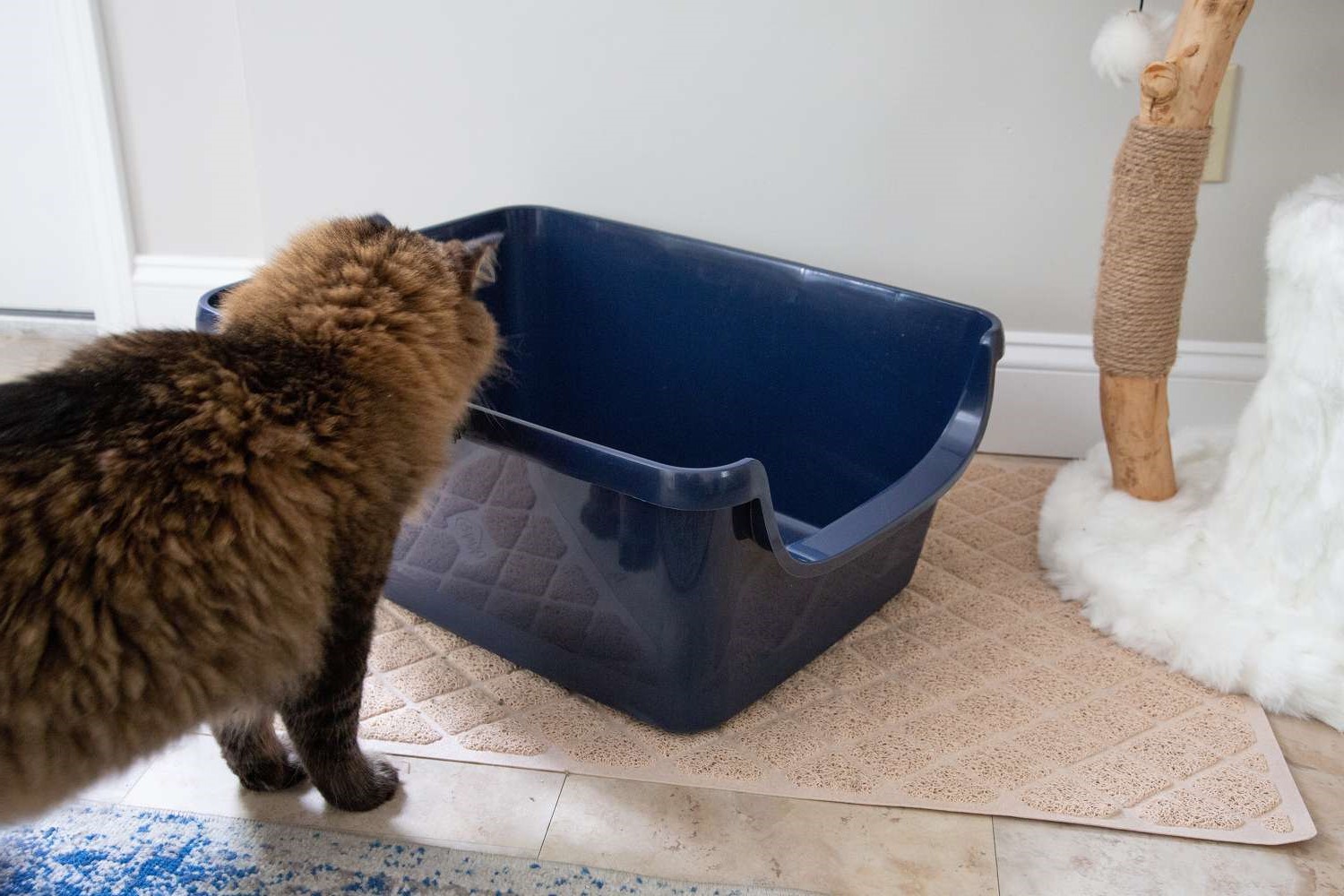
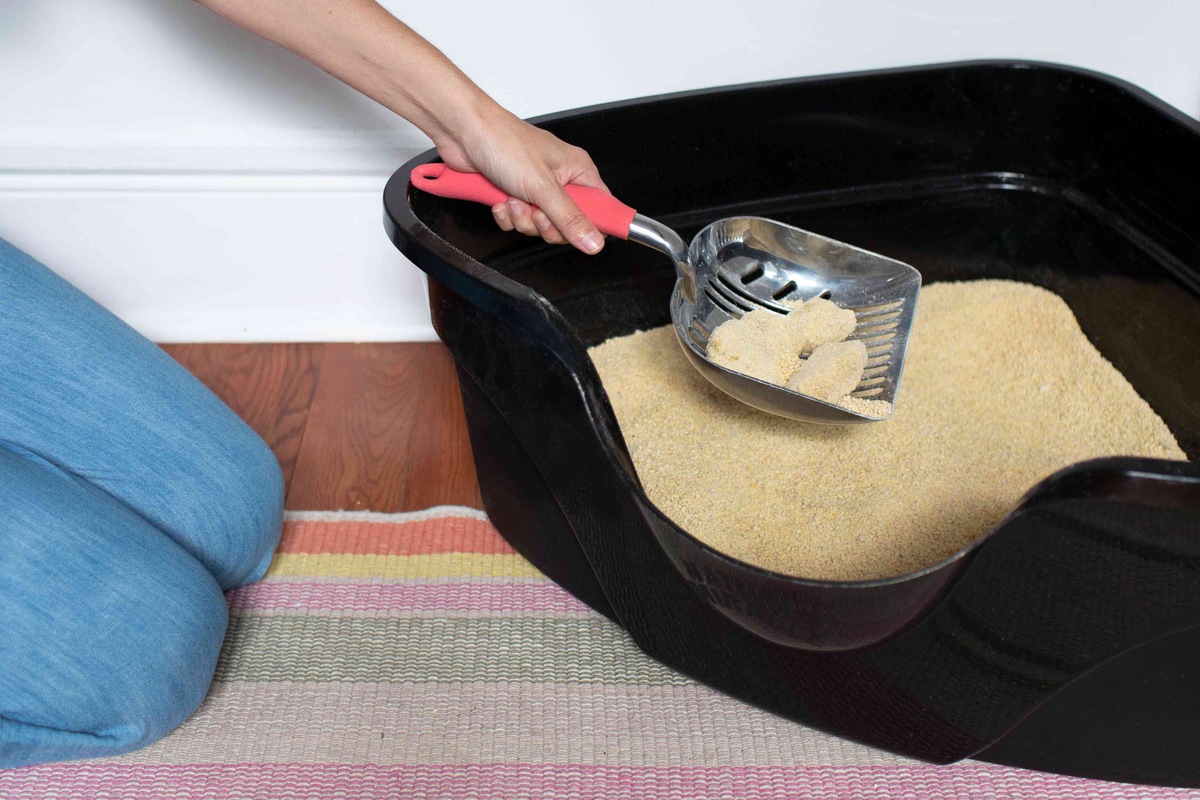
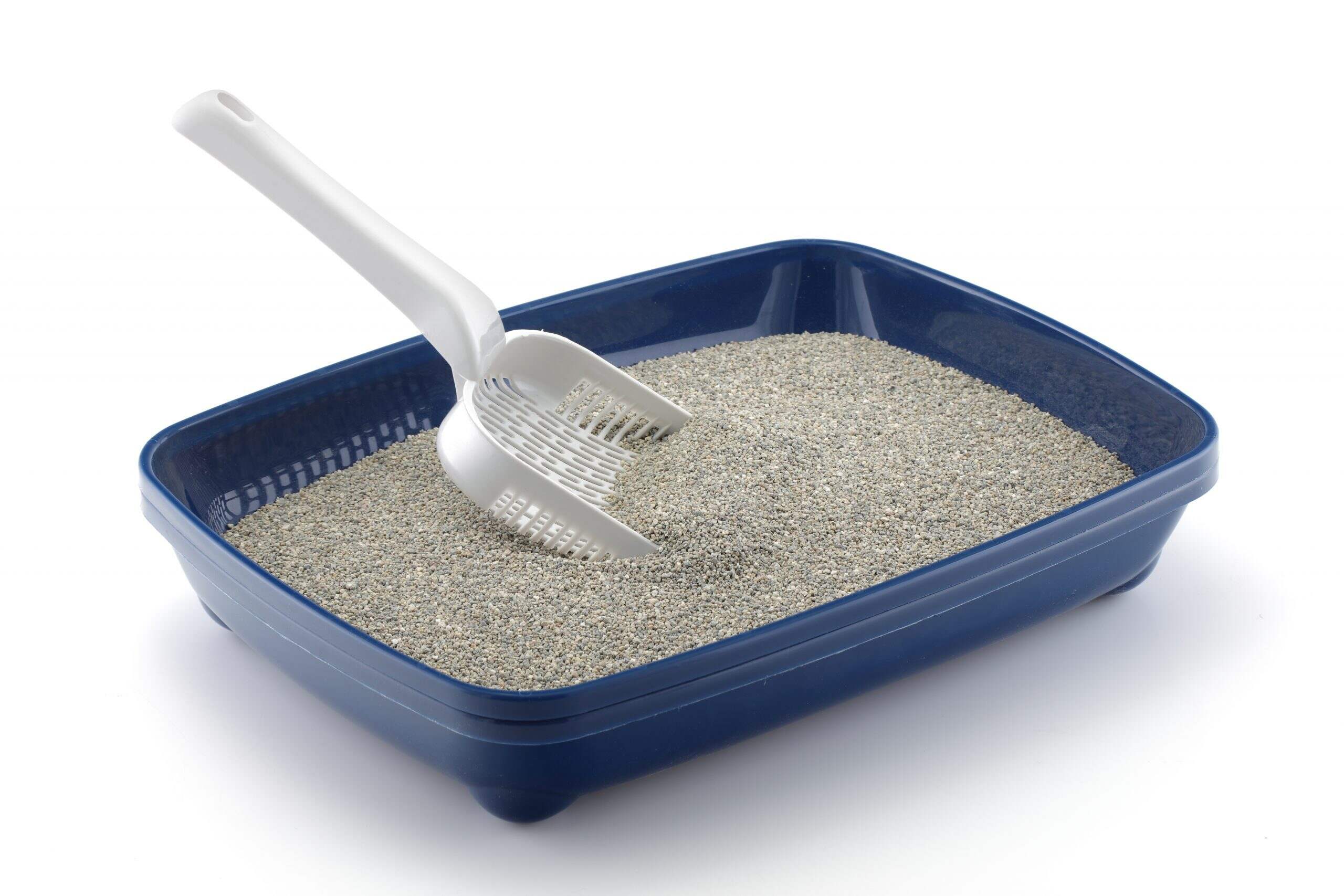
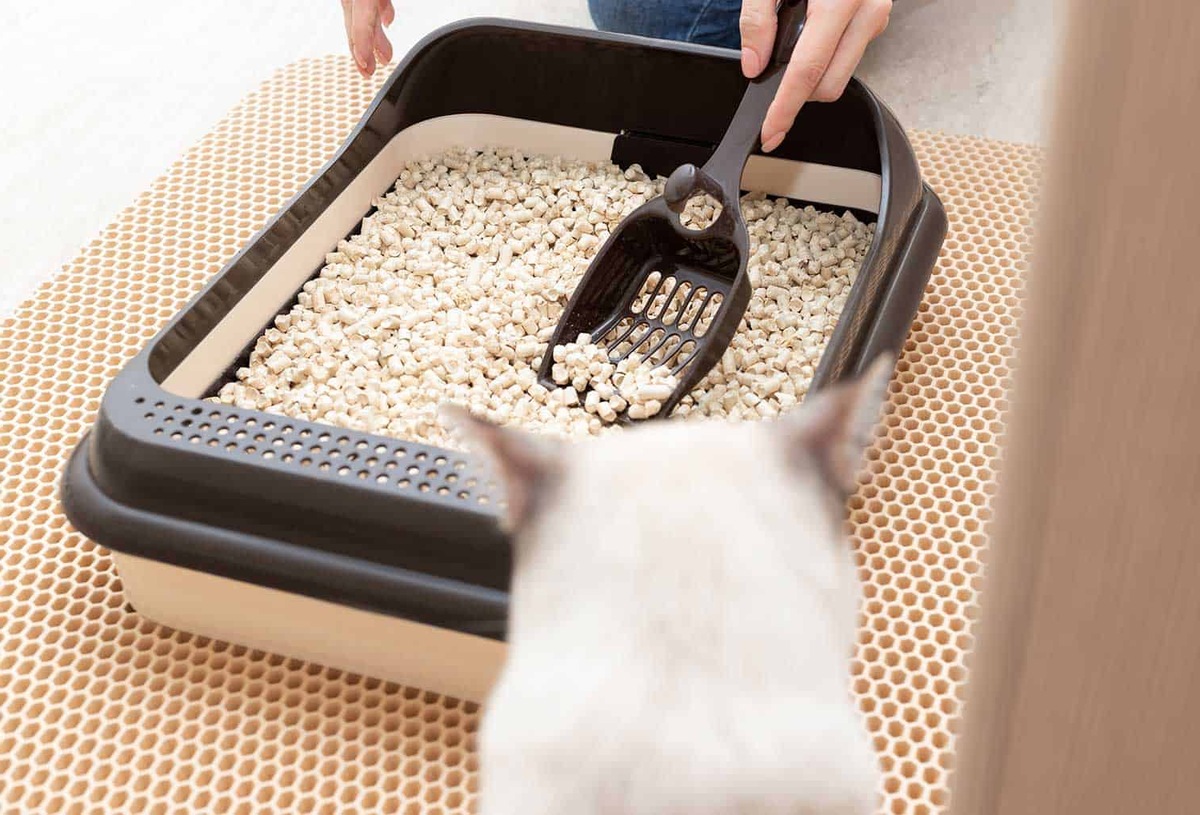
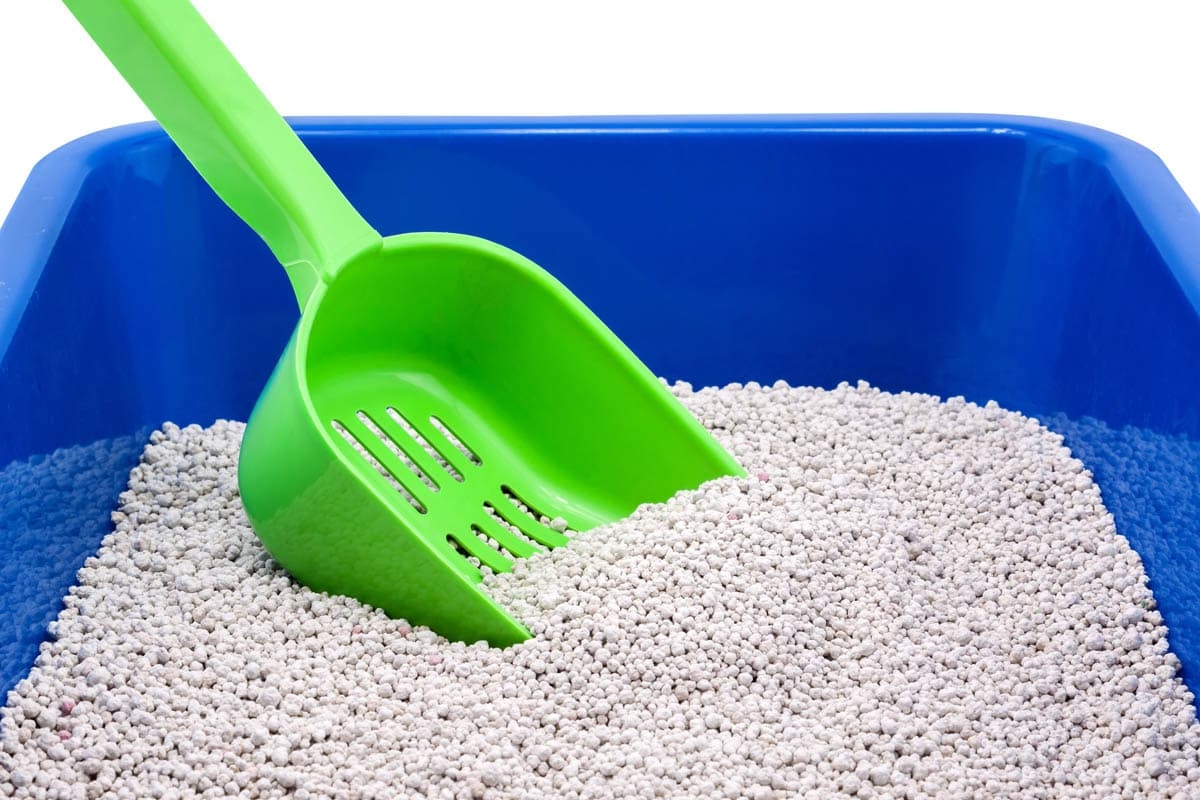

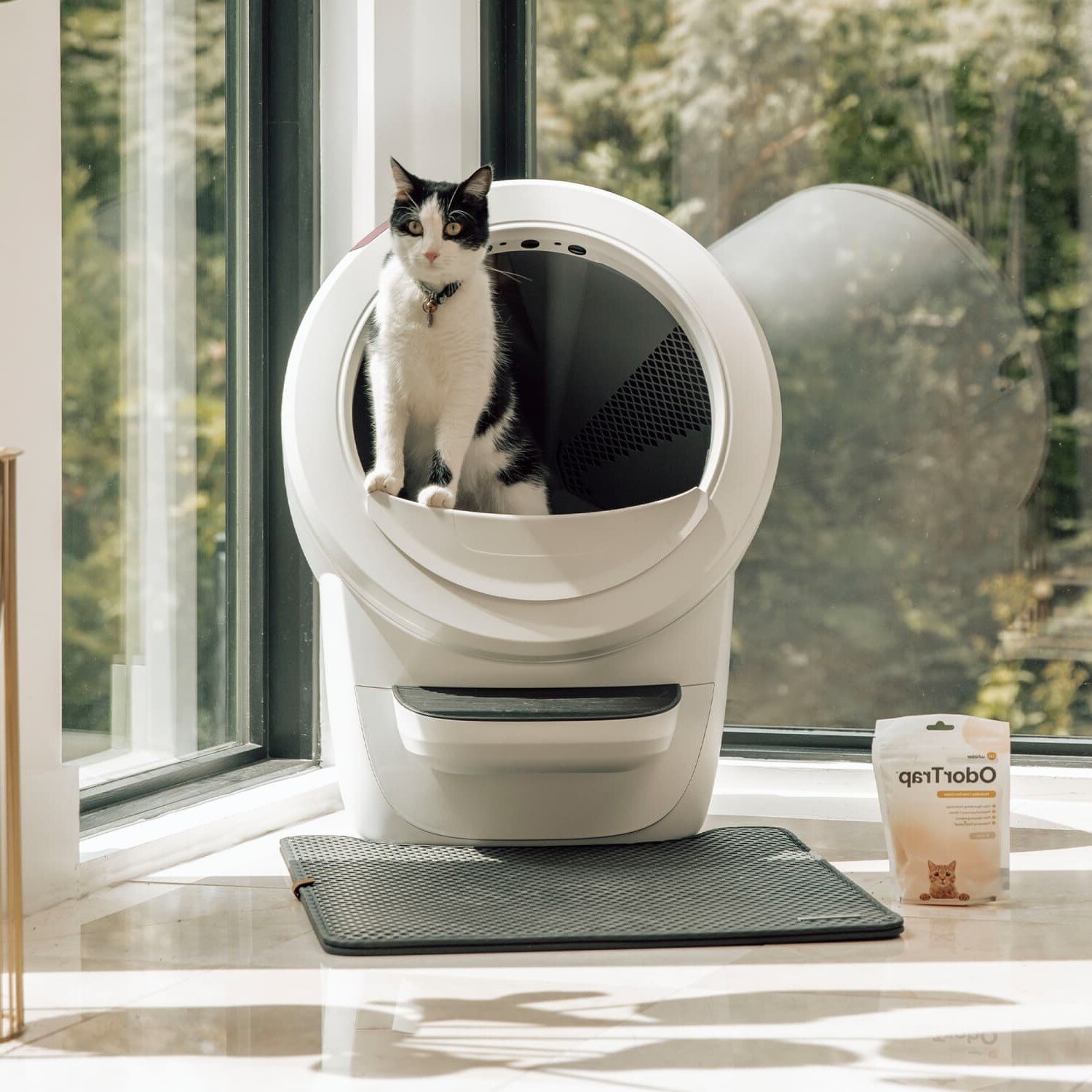
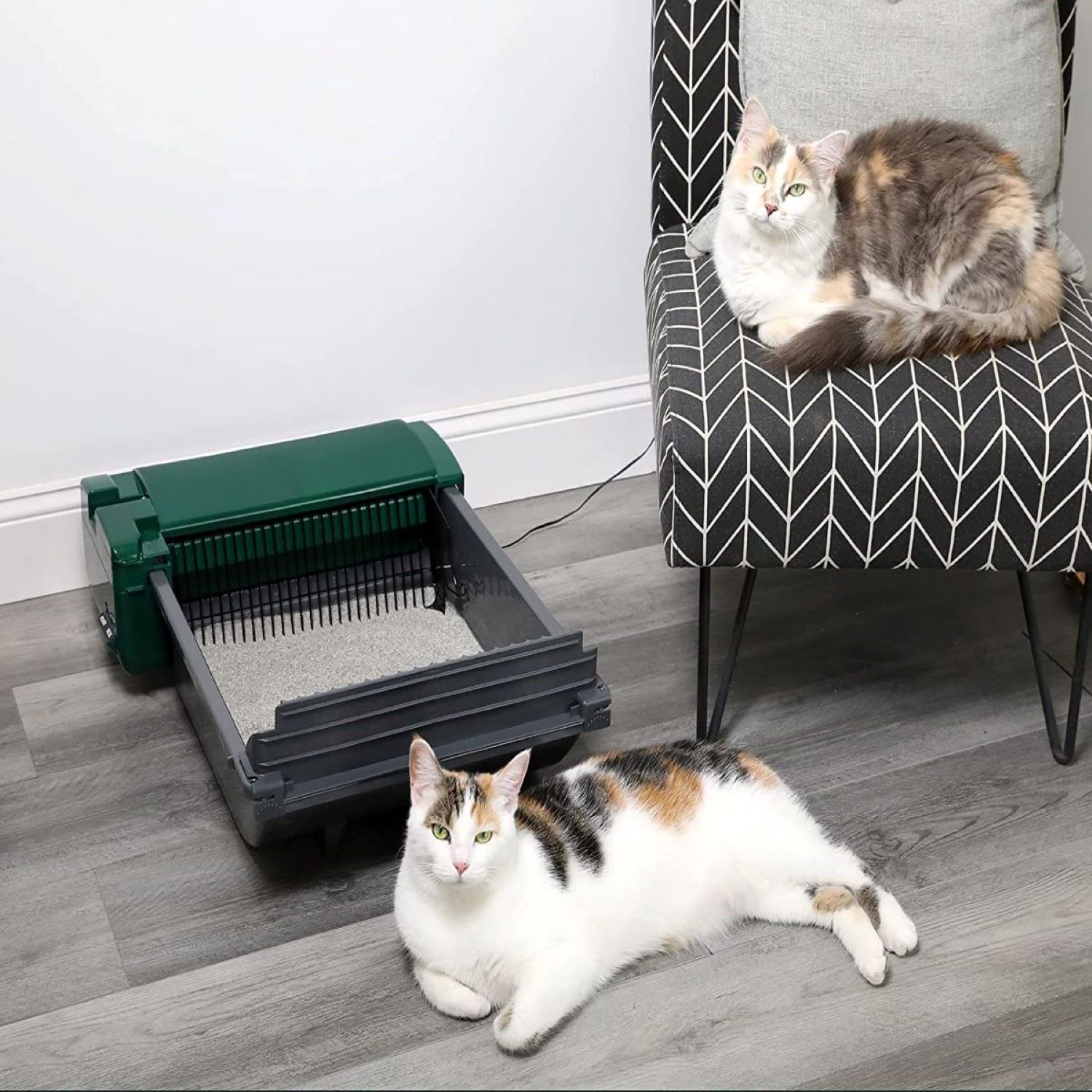
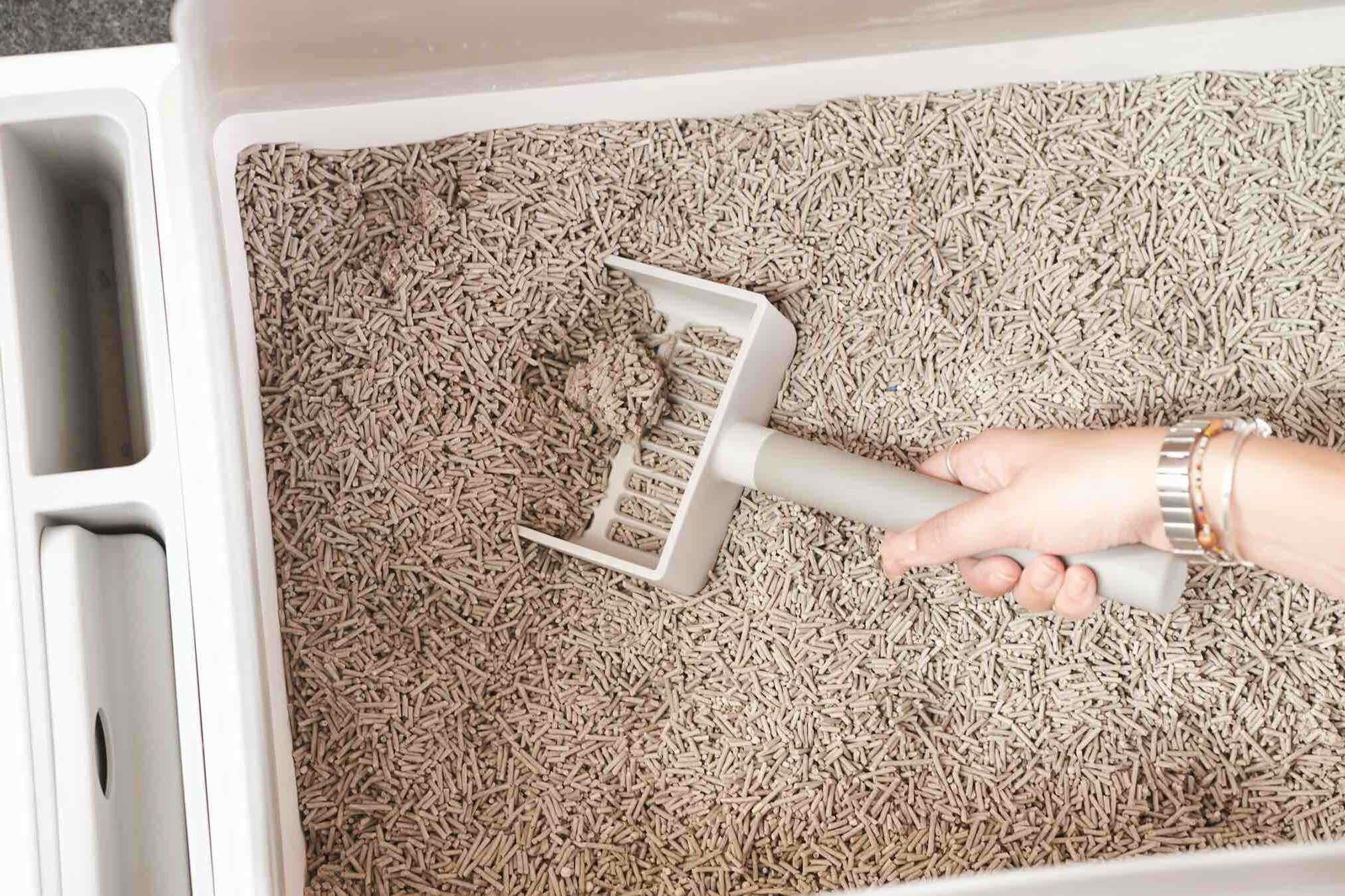
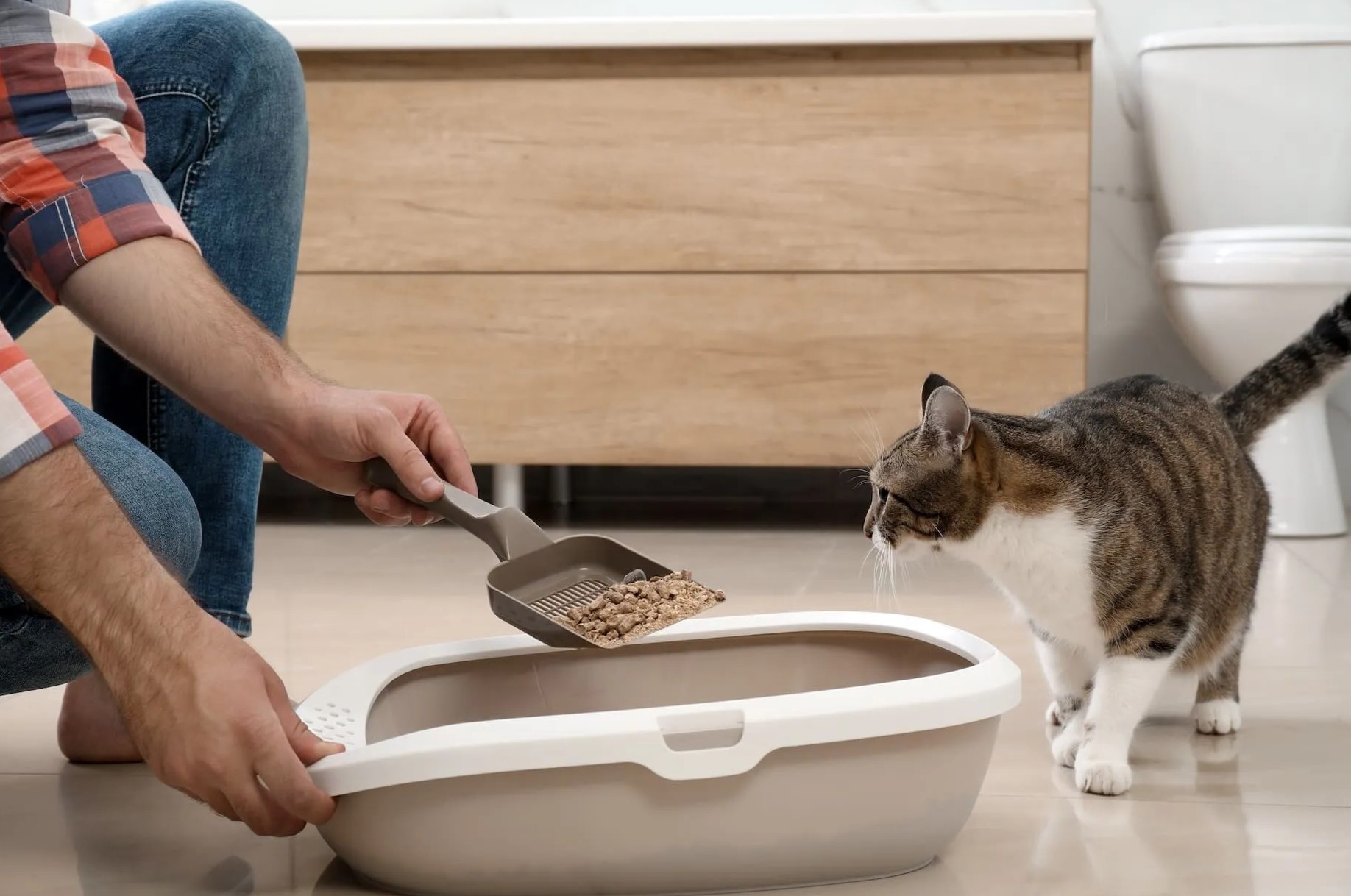
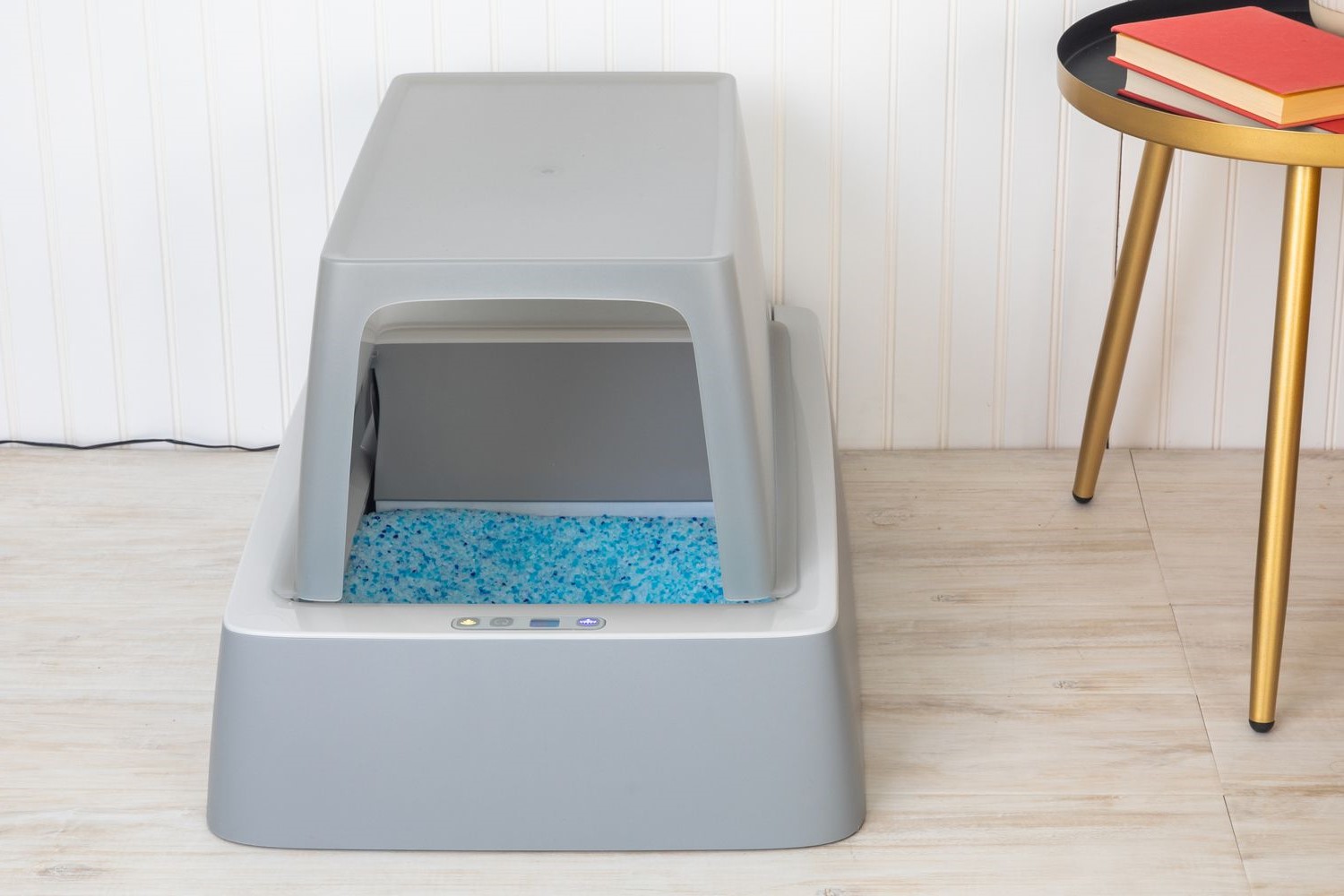
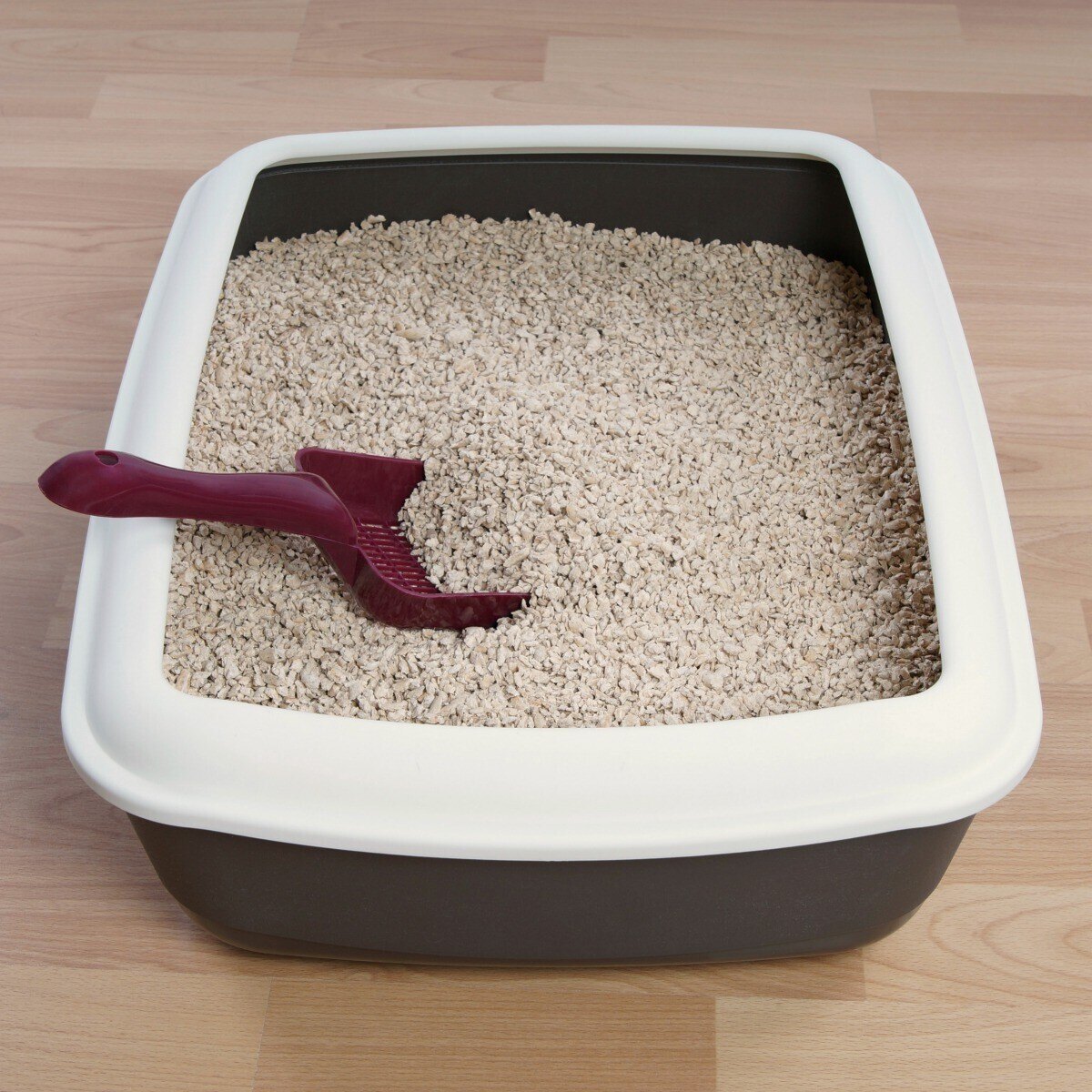
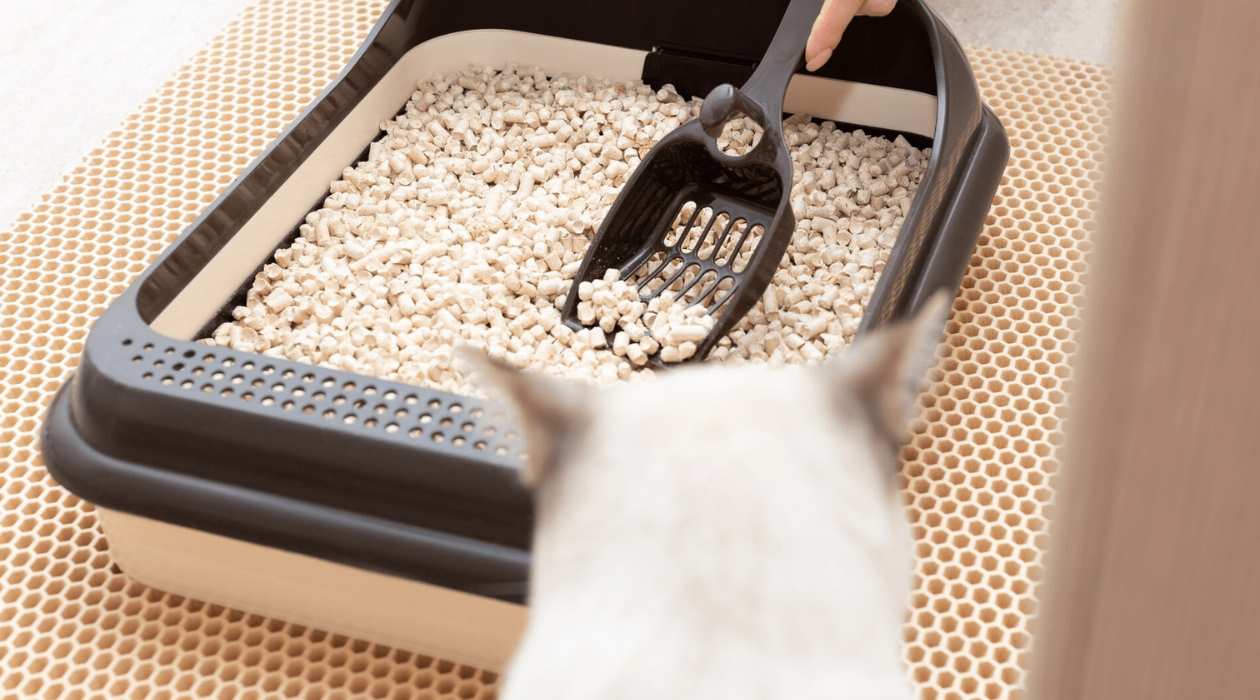

0 thoughts on “How Does A Self-Cleaning Litter Box Work”